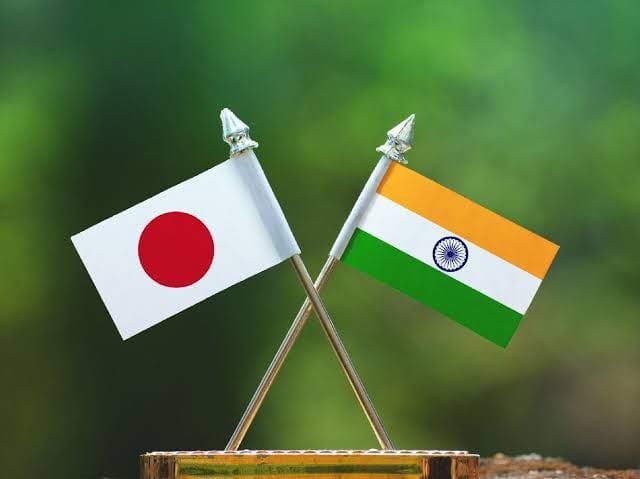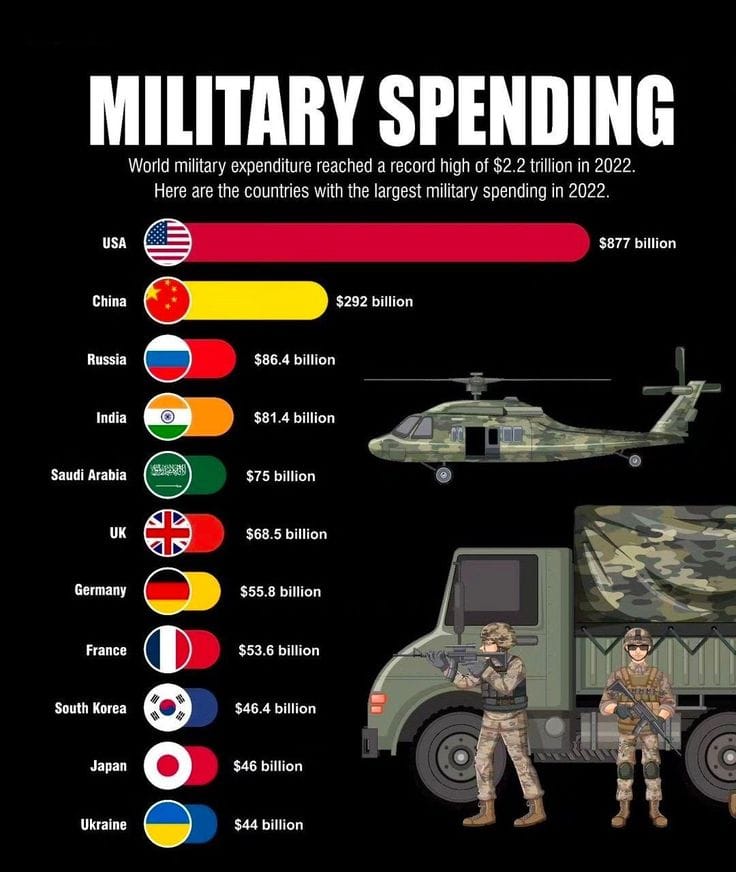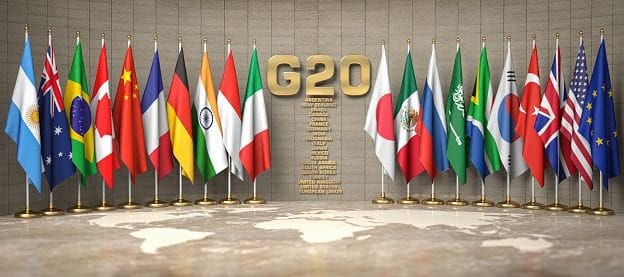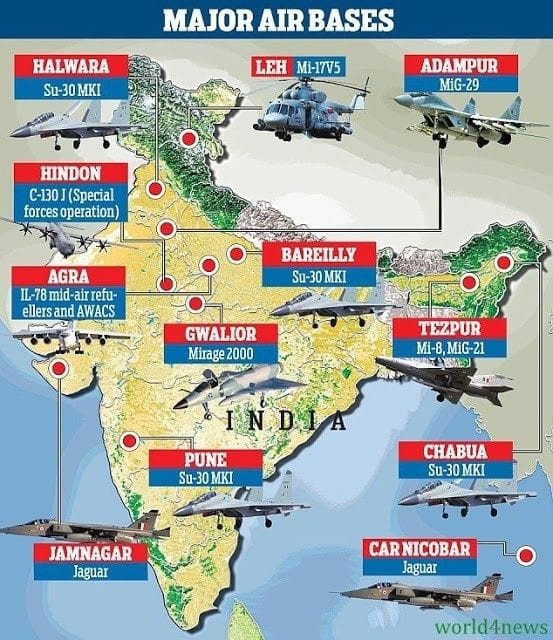India Overtakes Japan to Become Asia’s Third Largest Power
With its recent growth, India has moved ahead of Japan to become Asia’s third-largest power. With its recent growth, India has moved ahead of Japan to become Asia’s third-largest power. Asian geopolitics for the last ten years have seen a sea change and power play on this continent dramatically reassessed. The most significant development has been the rise of India to overtaking Japan as Asia’s third most powerful nation. This multilateral economic, military, and diplomatic result gathers into an accumulation of a feather in the cap of India, testifying to the emergence of India as a global power. This blog will dive into the ascent of India and its reasons and what this holds for the region and the world.
Historical Context

Historically, Japan has been regarded as an Asian power at least since the end of the Second World War. Its outstanding economic growth over the second half of the 20th century brought it even to the notice of the general public, synonymous with technological advancement and economic might. In the last two decades, however, growth has been somewhat poor, driven by demographic challenges – an aging population and economic deflation.
India, on the other hand, remained on a growth trajectory with the onset of economic liberalization policies since the early 1990s. India, with its young population, an ever-growing middle-class and an increasingly industrial base, started unlocking its full potential and establishing itself firmly as one of Asia’s strong players.
Economic Power

India has miraculously gained economic resilience. For the last two decades, the rise in GDP has crossed over the rate of giant Japan multiple times. Its GDP has reached $3 trillion by 2023 and, in this way, became the fifth-largest economy in the world. As per the International Monetary Fund, at the end of the decade, India will turn out to be the third-largest economy surpassing the figures of Japan and Germany.
There are several factors for this growth:
1. Demographics. : India’s population crosses the 1.4 billion mark and has an estimated average age of about 28 years. This demographic is translated into a large, energetic workforce that can fuel the economy.
Technology and Innovation: It leads the pack in technology and innovation with its exciting growing startup ecosystem. That it has so far excelled in fields such as information technology, fintech, and renewable energy that have supported significant foreign investment into the country bodes well.
3. Manufacturing and Exports: Through “Make in India” this thrust of the Indian Government aims at catalysing manufacturing and bringing world leaders in their respective domains. India has seen an upward movement in exports, thus putting her on a better pedestal in Asia as well as beyond it.
4. Digital Transformation: The country is at an unparalleled peak of digitalization. Digital India is an initiative by the government. That, through their various initiations, has made the services of the government available and accessible for the citizens. These changes will bring better productivity sector wide.
Military Power

India’s military power has witnessed historic growth to bring about this new status; therefore, it has the largest army in the world and gives its capabilities of defense a total modernization program.
1. Defense Budget India has increased its defense budget within its accounts and also ranks the third-largest spending military country in the world. The investment that gets deployed is advanced weaponry, naval power, and finally into cyber defense.
2. Strategic Alliances: Defense ties with other major partners of India-the United States, Australia, and Japan-have also become more cemented partly due to such forums as the Quad. This comes in handy in maintaining security in the region as much as the relations with China have gone cold.
3. Indigenous Development: India will go all out for self-reliance in defense production, with AMCA and indigenous submarine development. In the process, it builds up not only the armed forces but also national security.
Diplomatic Power

The support for India gaining a powerful role in regional and international politics has been through diplomacy. With the initiation of economic liberalization, a transformation has been witnessed in foreign policy with a multilateral and strategic dimension given to alliances.
1. Active Participation in International Fora: Today India is much more proactive compared to the past in multilateral institutions, such as the United Nations, G20 and BRICS; although it has focused more on causes suitable to the New or Emerging Super Powers, India has significantly developed its credentials on the international political arena.
2. India’s Role: India is already playing a very important role in many regional organizations in particular South Asian Association for Regional Cooperation and Bay of Bengal Initiative for Multi-Sectoral Technical and Economic Cooperation, as it helps the economic integration and stability within that region.
3. Soft Power: Indian culture has taken an energetic speed in the world mainly due to Indian culture, Bollywood, and cuisine. Initiatives like Yoga Day and spreading Indian culture further strengthen India’s soft power so that goodwill for the nation would be great through foreign relations and keep it strongly bound together.
Ramifications for Asia and Beyond

India’s rise to becoming the third most powerful Asian nation holds much promise for the stability of Asia and geopolitics at large.
1. China-India Dynamics: Simultaneously while India grows in strength, the competition between India and China will naturally sharpen. Both are in a rat race to dominate Asia and beyond but mainly South Asia as well as the Indian Ocean region. Increased military spending and strategic maneuvering may be an offshoot of this race.
2. Regional Stability: Being a major power state, India would be much better placed to contribute much to regional stability in general and South Asia, especially as an active participant in the resolution of issues related to terrorism, economic development, and climate change.
3. Global Economic Shift: As India rises, global supply chains are likely to shift towards India as companies seek to diversify away from China and open up new investment opportunities and trade from the rest of the outside world.
4. Leadership Environment: India is one of the earth’s biggest carbon emitters, and it has a right to be on the world debating platform if it promises the development of renewable energy and sustainable projects.
Conclusion:-
Appropriately, therefore, is India well placed to play a central role in shaping Asia and world affairs through the on-going and consecutive governmental policies sustained by economic growth, military modernization, and active diplomacy. Its approach to international relations or domestic dilemmas certainly highlights tenacity and potential, and the critical results will come in the coming years as it acts to fit its enormous strengths into the molds to ensure stability and prosperity for the region.
